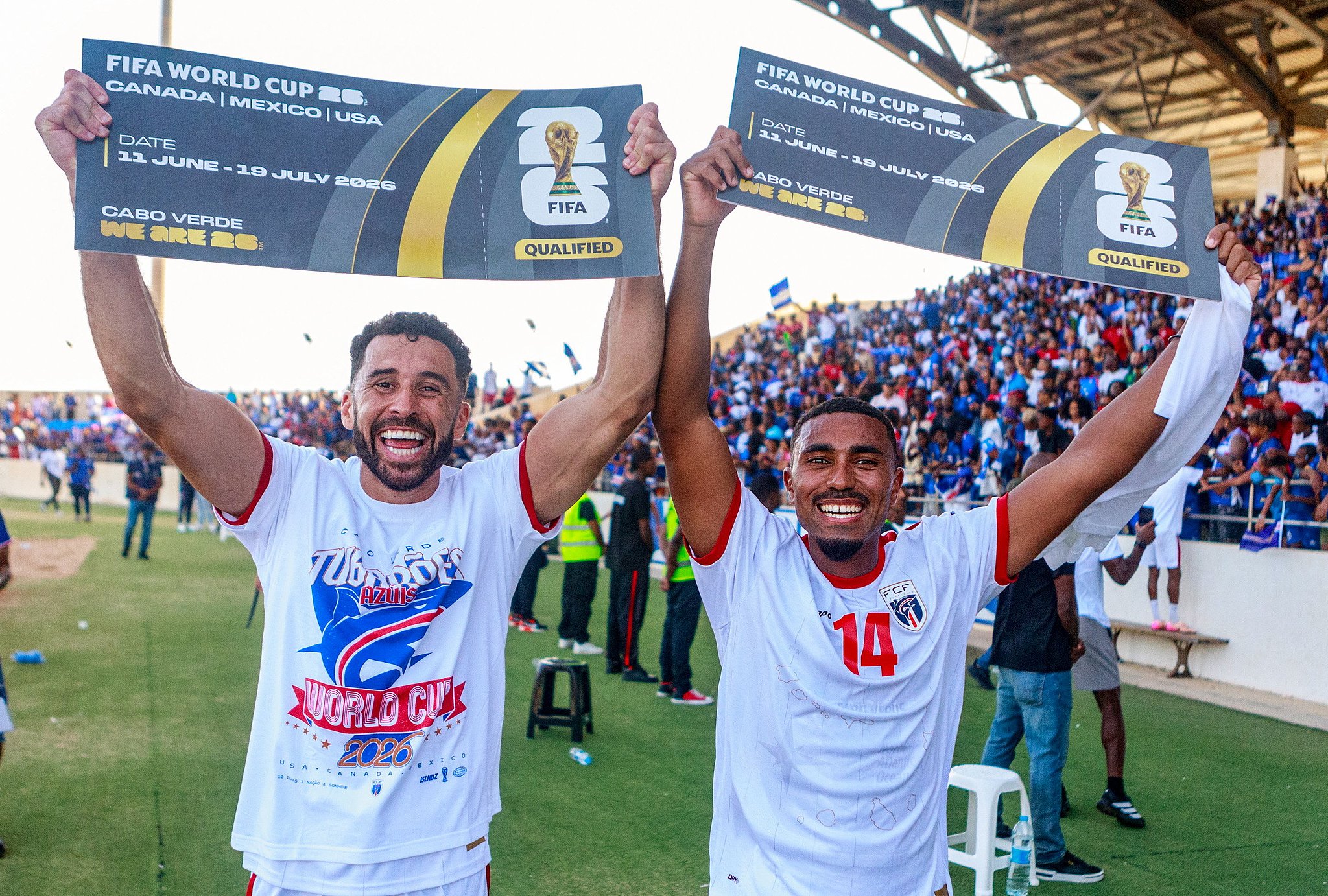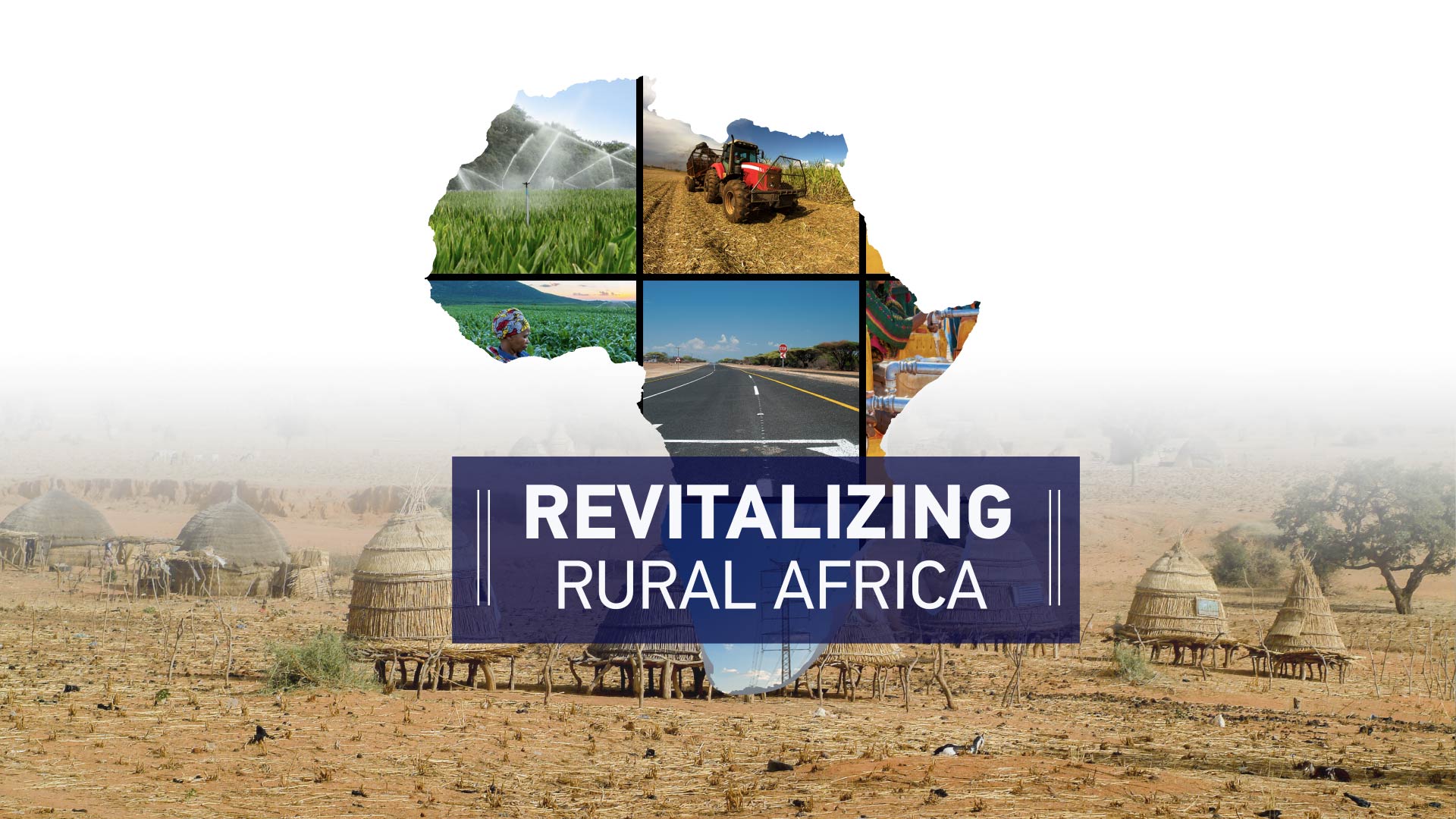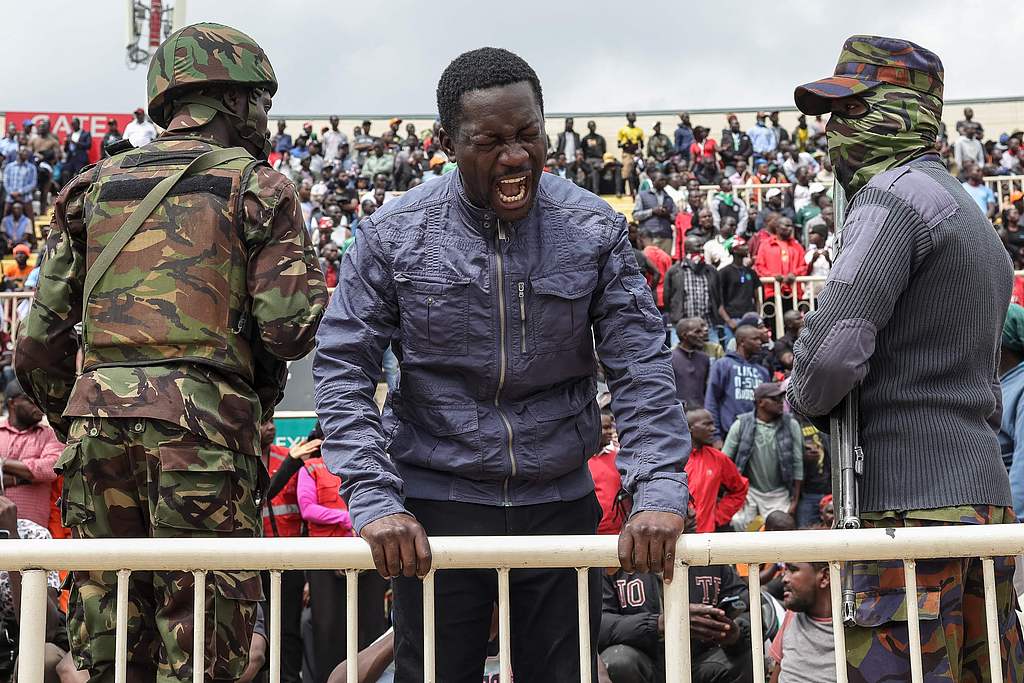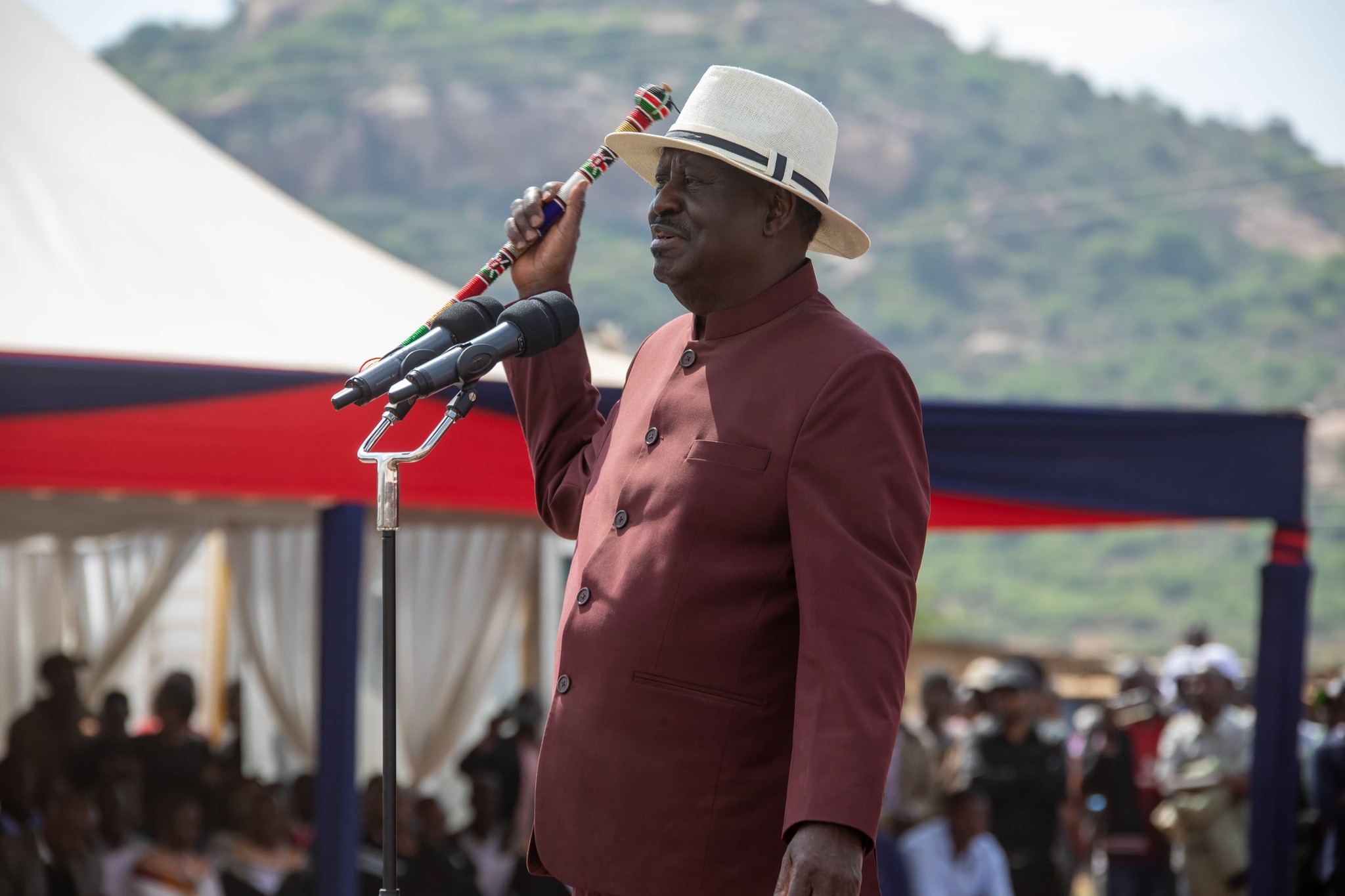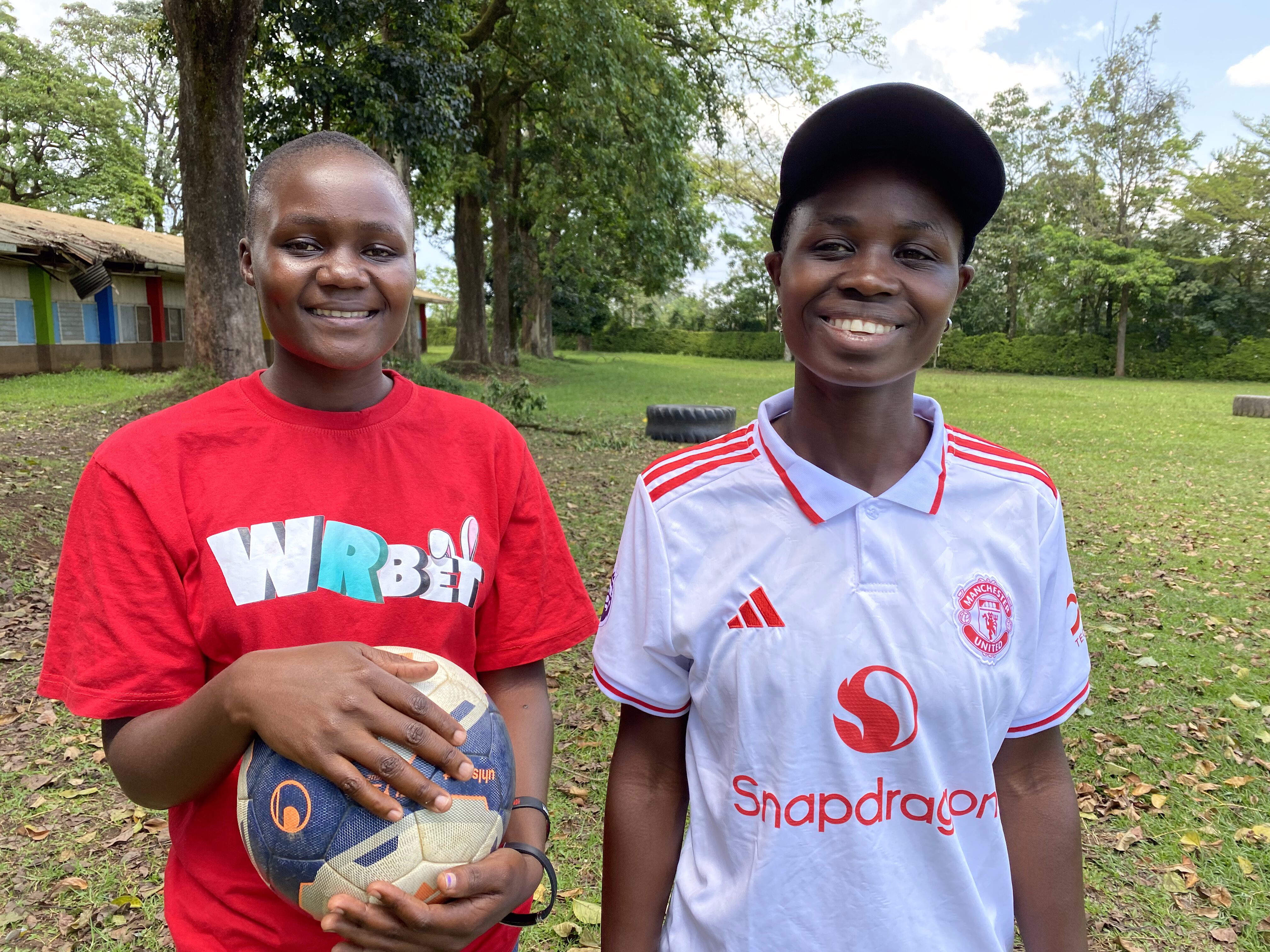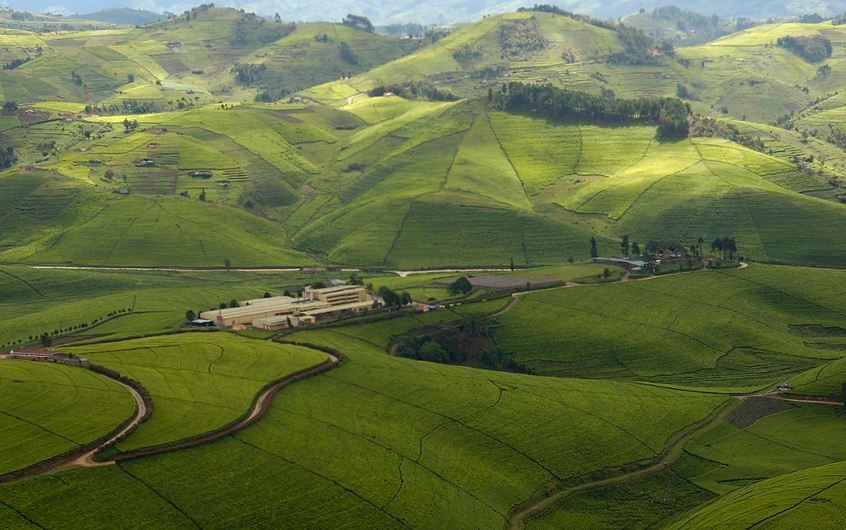
#RwandaDecides: Rwanda’s growth post-1994

It is now more than two decades since the unimaginable happened in the small nation of Rwanda, the 1994 Rwandan genocide against the Tutsi.
The country’s economy had been left in tatters in what was one of the greatest crimes of the 20th century.
But the land of a thousand hills has dramatically improved their economy since the 1994 genocide and is seen as an emerging leader on the continent.
Economic growth after genocide
The country’s adoption of structural reforms has facilitated the emergence of entrepreneurial activity and transformed the country into a more open economy with its major foreign exchange earners being mining, tourism, coffee, and tea.
After the genocide, the President Paul Kagame led government focused primarily on building up its manufacturing and service industries and eliminating barriers to trade and development.
In 1996, Rwanda posted a 13% GDP growth rate through improved collection of tax revenues, accelerated privatization of state enterprises to stop the drain on government resources, and continued improvement in export crop and food production.

Ten years later, the country entered a high period of economic growth and managed to register 8% economic growth in 2007, a record it has sustained since, turning it into one of the fastest-growing economies in Africa.
The country was ranked 42nd and second best country in Africa to do business in the Mara Foundation-The Ashish J Thakkar Global Entrepreneurship Index report.
“Africa’s cleanest city”
Rwanda banned non-biodegradable plastic in 2008, a move that has been seen as the reason why the country is as clean.
The country has achieved a clean and litter-free environment without the threat of harsh fines. Kigali, its capital city has roundabouts that are so well-swept and the grass so well-maintained.

The principle of Umuganda, which means “community” in Kinyarwanda has also helped in making sure the country is kept clean. This concept has always been part of Rwandan society in which the President simply revived in an effort to bring the country back on its feet again.
On the 4th Saturday of every month, the traffic stop, stores are closed; even visitors and all able-bodied Rwandans pitch in to clean the streets, dig drainage ditches and build schools.
Littering is also not allowed in the country.
Rwanda’s tourism

The country has a lot of history and natural beauty and quite a number of interesting sights to see, with many guided tours to choose from.
There are expeditions to places like volcanoes, waterfalls and rainforests which are home to many different African animals.
Diverse population of animals including mountain gorillas call Rwanda home. There is also the largest natural park for hippos, 20,000 hippos are believed to be there.

One can also take a tour around the beautiful Kigali and even participate in the clean up on the last Saturday of the month.
Make sure when you are in Rwanda you visit the Kigali Genocide Memorial where you shall get to learn more about the 1994 Genocide!
Education and technology
After the genocide, there was an emphasis on human capital rebuilding and increasing enrolment rates in Rwandan schools.
There was an introduction of 6-year primary, 3-year lower secondary, and 3-year upper secondary education in 1996, and four (4) years for university bachelor’s degree. Kinyarwanda was the language of teaching up to lower secondary, which changed to French and English in upper secondary.

In 2006, The 4th Education Sector Strategic Plan (ESSP 2006–2010) introduced fee-free schooling for 9YBE – 9 Year Basic Education – including primary and lower secondary.
The UNICEF in 2014 lauded Rwanda’s progress in achieving the MDGs.
“Rwanda is one of the top-performing countries in sub-Saharan Africa in education, having achieved Millennium Development Goal (MDG) 2 for access to Universal Primary Education, with a net enrolment rate of 97 per cent,” the article on UNICEF’s website said.
The country’s government has also formed a national strategy for information and communications technology (ICT) co-ordinated by the Rwanda Information Technology Authority (RITA).
They are active in promoting the use of ICT in schools and is coordinating the One Laptop Per Child project in the country.
Several initiatives have been put in place in order to make the capital Kigali a smart city basing on access to internet, phones, and innovation.
Politics, peace and security
Rwanda has been led by Paul Kagame since his rebel army ended the slaughter of hundreds of thousands of people in 1994. He won presidential elections in 2003 and again in 2010, and gained approval by referendum to stand for an unprecedented third term in 2017. He has been credited as the man behind Rwanda’s exponential growth.

Records show that immediately following the genocide, Rwanda’s population of 5.5 million to 6 million was 60 to 70 percent female. This explains why the country’s Parliament has more female members than any other parliament in the world. 56% Rwanda’s Parliamentarians are women.

The mountainous country is also the safest country with low crime rates in the whole of Africa and the fifth in the whole world. This achievement earns Rwanda respect and appreciation from the travelers encouraging tourism in the country.



